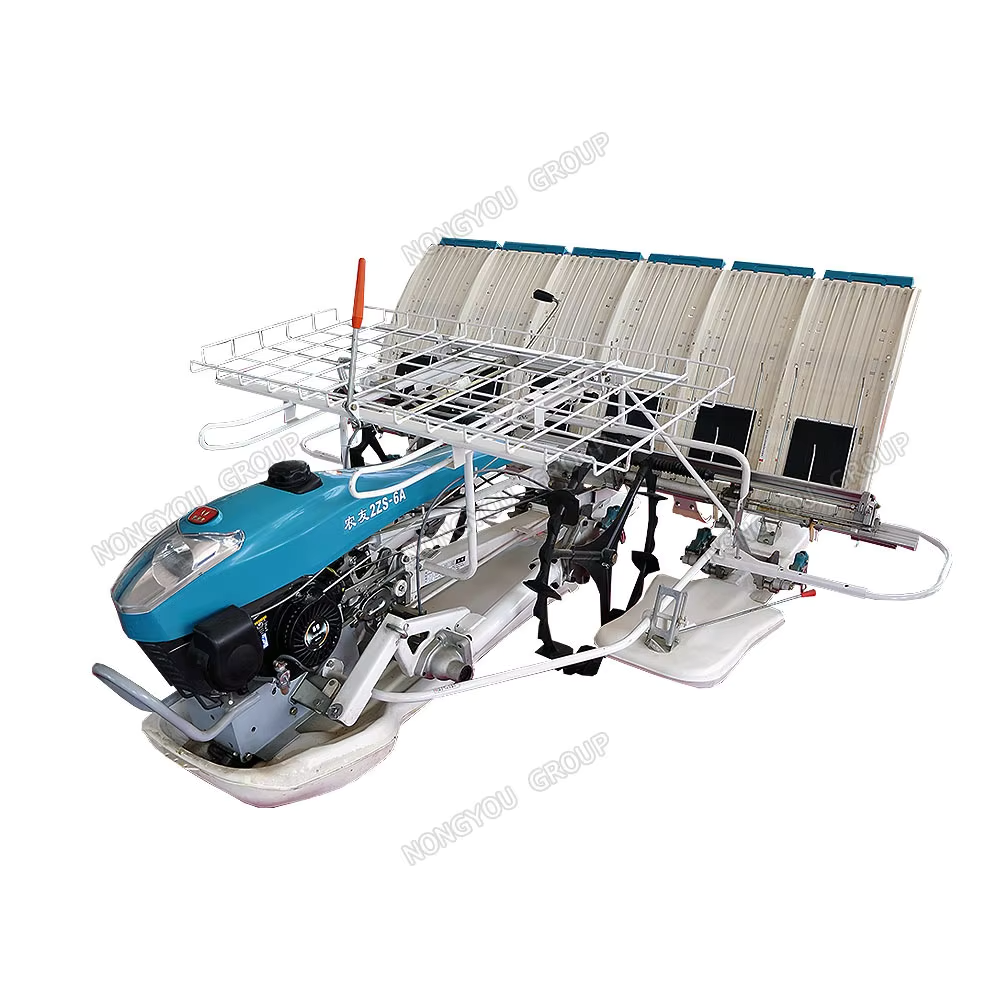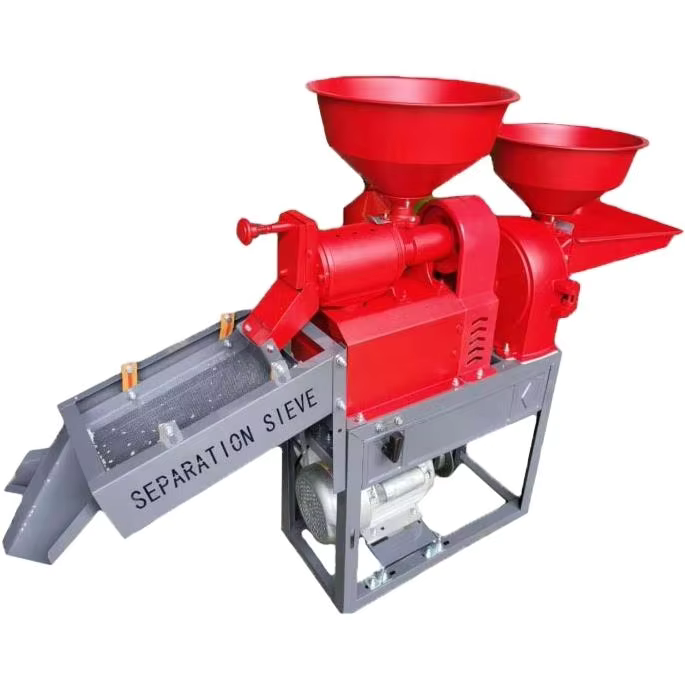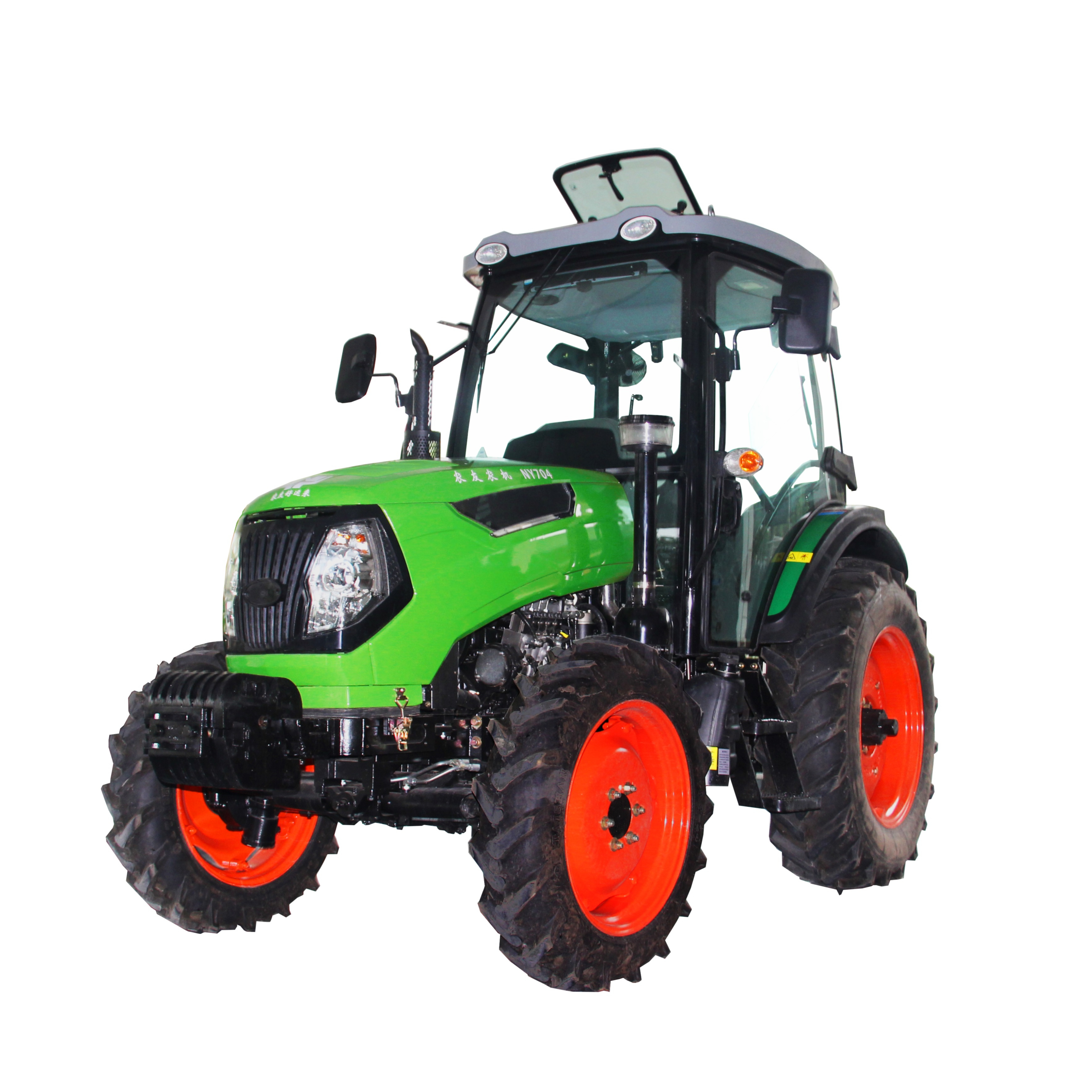كيفية اختيار مجفف حبوب يناسب نوع المحصول الخاص بك
فهم تقنية تجفيف الحبوب الحديثة. إن اختيار مجفف الحبوب المناسب للعملية الزراعية الخاصة بك هو قرار بالغ الأهمية يؤثر على جودة المحصول وطول مدة التخزين وفي النهاية على أرباحك. وقد تطورت تقنية مجففات الحبوب اليوم بشكل كبير لتلبية احتياجات المزارعين بكفاءة وموثوقية أعلى.
عرض المزيد


